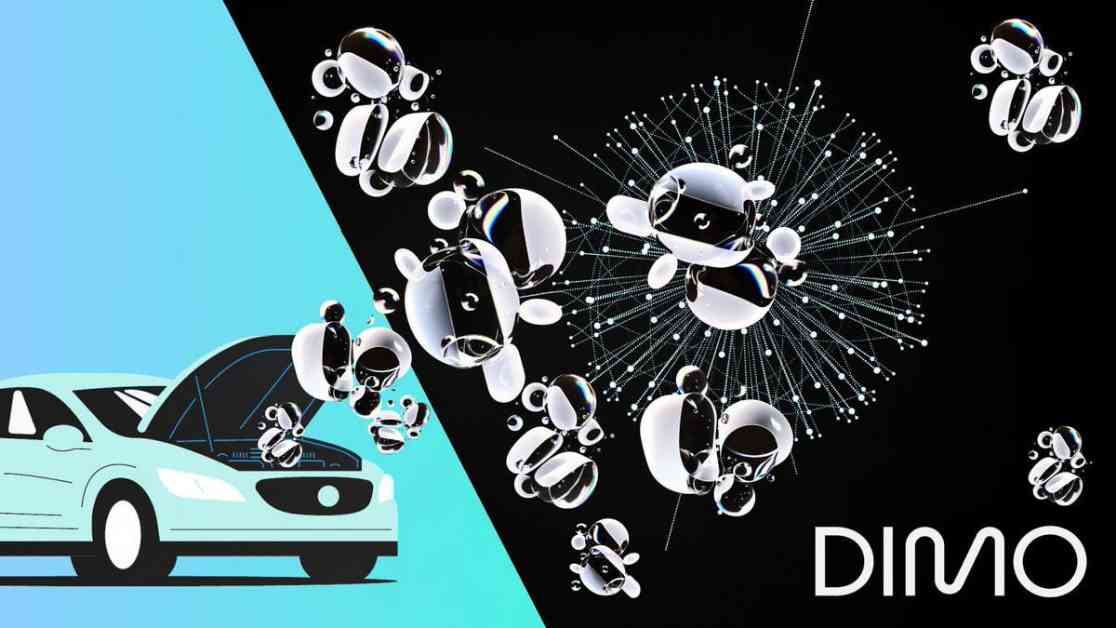In the rapidly evolving digital landscape, a few dominant tech giants have consolidated an alarming level of control over the internet, leading to concerns about data privacy and digital security. The recent CrowdStrike incident serves as a stark reminder of the vulnerabilities inherent in centralized systems. However, amidst these challenges, a groundbreaking solution has emerged: Decentralized Physical Infrastructure Networks (DePIN).
DePIN represents a paradigm shift in how we connect the physical world to the blockchain, offering a solution to the shortcomings of centralized systems. This innovative approach enables the linking of physical devices such as sensors, IoT gadgets, computers, and smartphones to decentralized blockchain networks. By sharing data, providing resources, or contributing to network maintenance, users can earn digital assets, creating a fair and transparent system that empowers individuals in the digital sphere.
The DePIN concept not only enables users to benefit directly from their participation but also liberates them from the control of centralized intermediaries that have long exploited user data for profit. These intermediaries have traditionally monetized user data through targeted advertising, marketing, and analytics, reaping significant financial rewards while offering little in return to users. DePIN turns this model on its head by allowing individuals to share their data and receive compensation, transforming users into stakeholders in the infrastructure they rely on.
Real-World Applications of DePIN
DePIN-based projects are already revolutionizing various aspects of everyday life, showcasing the transformative potential of decentralized physical infrastructure. For instance, blockchain networks like GEODNET are enhancing geolocation accuracy to centimeter-level precision, unlocking new opportunities in agriculture, construction, and drone operations. Farmers can optimize crop management, construction projects can achieve unprecedented precision, and autonomous drones can navigate with unparalleled accuracy, all thanks to decentralized networks that rely on user contributions.
Community-driven internet access initiatives, such as WiFi Map’s global network of 150 million active hotspots, challenge traditional telecom monopolies by providing alternative connectivity options. Similarly, projects like DIMO enable individuals to collect, utilize, and monetize data from their vehicles, empowering users while fueling innovation in industries like insurance, vehicle maintenance, and fleet management.
Witness Chain, a DePIN proof system that has garnered significant stake from restakers, is bridging the gap between disparate DePIN projects by facilitating data sharing and collaboration. This interconnected network of decentralized infrastructure projects aims to create a seamless supply chain of decentralized resources.
Other initiatives, such as XNET, are striving to extend reliable network connectivity to the 2.9 billion people worldwide who lack access to the internet. By leveraging blockchain technology and existing bandwidth resources, XNET is building a decentralized network of operators to provide essential connectivity services to underserved populations.
Storage networks like Filecoin offer a resilient, efficient, and user-friendly alternative to traditional cloud storage, enabling individuals to utilize excess storage space effectively. This approach enhances accessibility and affordability while granting users control over their data and the opportunity to earn from unused resources.
Overcoming Challenges and Embracing the Future
While decentralized storage solutions may currently face cost-efficiency challenges compared to centralized alternatives, ongoing technological advancements in data compression and consumer-grade hardware offer promising solutions. As the efficiency of decentralized cloud storage improves, the viability of decentralized systems will only continue to grow.
Embracing open-source tools and innovative technologies like ZK tools will drive the evolution of decentralized infrastructure. Projects utilizing tools like Plonky3 to create provers and other critical components are paving the way for highly efficient decentralized systems that prioritize user control and security.
The time for DePIN is not just now—it is long overdue. The potential of decentralized physical infrastructure to reshape the digital landscape is not only exciting but essential for the future of a free and open internet. Seizing this opportunity to build a decentralized future where users are empowered and valued is imperative.
In conclusion, DePIN represents a transformative shift towards decentralized physical infrastructure, offering users greater control, transparency, and rewards in the digital realm. By harnessing the power of blockchain technology and user contributions, DePIN projects are reimagining traditional industries, empowering individuals, and democratizing access to essential services. As we navigate the complexities of the digital age, embracing decentralized solutions like DePIN is not just a choice—it is a necessity for a more equitable and inclusive digital ecosystem.














